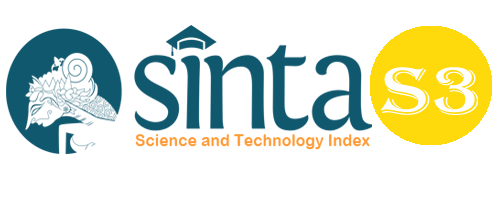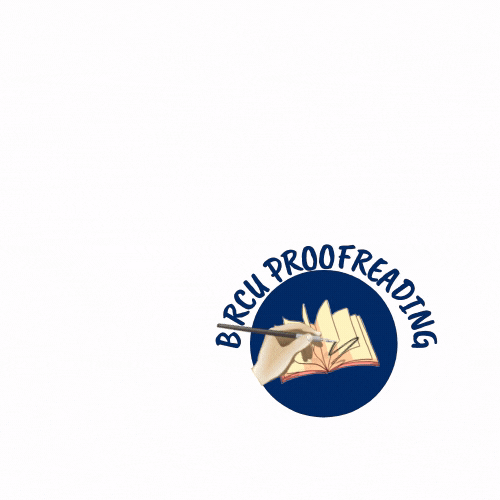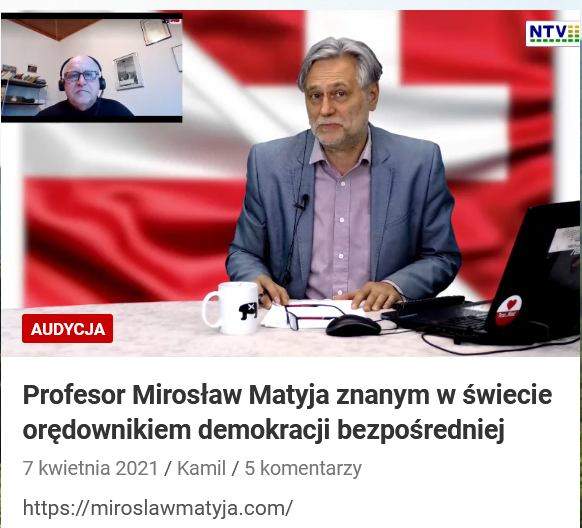The Impact of Faud Star on Detecting Fraudulent Financial Statement
Abstract
Financial statements are least common but can cause most costly compared to corruption and misappropriation of assets. The purpose of this study was to analyze the effect of Fraud Star elements on Fraudulent Financial Statements (FFS) for the period 2018 to 2020. Each element of the Fraud Star are calculated with financial target proxies (ROA) for pressure, ineffective supervision (BDOUT) for Opportunity, total accruals for Rationalization, Direction Change for capabilities. Lack of Integrity it is calculated by real earnings managemen, and the FFS measurement uses the Beneish M-Score. ACFE, 2020 has released the RTTN which states that the executive level and the accounting department have the 2nd and 3rd highest percentages of fraudsters, respectively 14% and 12%. Banking and financial services are the central public services and are at the heart of economic growth. Therefore the population in this research were banking companies listed on the Indonesia Stock Exchange during the period 2018 - 2020. The research sample was taken using a purposive sampling technique. The data used in this study is secondary data, namely in the form of audited company financial and annual reports and obtained through access to www.idx.co.id and/or the official website of each company. The data analysis method in this study uses panel data regression. The results of the study prove that Opportunity, Rationalization, and Lack of Integrity have a significant positive effect on FFS, while Pressure and Ability, and Internal Audit has not a significant positive effect on FFS
Keywords
Full Text:
PDFReferences
ACFE (2020). Report to the Nations Global Study on Occupational Fraud and Abuse Asia-Pasific Edition.
Akbar, T. (2017). Using Pentagon Theory on Manufacturing Companies in. International Journal of Business, Economics and Law, 14(5), 106–113.
Anggraini, Wiwit, Rica and Ani Wilujeng Suryani.2021. Fraudulent financial reporting through the lens of the fraud pentagon theory. Jurnal Akuntansi Aktual Volume, 8 Nomor 1, Februari 2021, 1-12
Aprilia, A. (2017). Analisis Pengaruh Fraud Pentagon Terhadap Kecurangan Laporan Keuangan Menggunakan Beneish Model Pada Perusahaan Yang Menerapkan Asean Corporate Governance Scorecard. Jurnal ASET (Akuntansi Riset), 9(1), 101. https://doi.org/10.17509/jaset.v9i1.5259
B. D. T. Wolfe and D. R. Hermanson, ―The Fraud Diamond : Considering the Four Elements of Fraud,‖ vol. 2, 2003.
Cressey, D.1953.Other People’s Money, xDalam: “Detecting And Predicting Financial Statement Fraud: The Effectiveness Of The Fraud Triangle And SAS No. 99, Skousen Et Al. 2009. Journal Of Corporate Governance And Firm Performance. Vol. 13 H. 53-81.
Demetriades, P., & Owusu-Agyei, S. (2021). Fraudulent financial reporting: an application of fraud diamond to Toshiba’s accounting scandal. Journal of Financial Crime, 2020. https://doi.org/10.1108/JFC-05-2021-0108
Dewi, A. A. (2021). FRAUDULENT FINANCIAL STATEMENTS IN PHARMACEUTICAL COMPANIES : FRAUD PENTAGON THEORY PERSPECTIVE. 24(6), 1–10.
Hidayah, E., & Saptarini, G. D. (2019). Pentagon Fraud Analysis in Detecting Potential Financial Statement Fraud of Banking Companies in Indonesia. International Conference on Acoounting, Business, & Economics, 2010, 89–102.
Ichsan, R. et al. (2021). Determinant of Sharia Bank's Financial Performance during the Covid-19 Pandemic. Budapest International Research and Critics Institute-Journal (BIRCI-Journal). P. 298-309.
Irwandi, S. A., Ghozali, I., Faisal, & Pamungkas, I. D. (2019). Detection fraudulent financial statement: Beneish m-score model. WSEAS Transactions on Business and Economics, 16(May), 271–281.
Jaunanda, M., & Agoes, S. (2019). Prediksi Fraud Pada Laporan Keuangan Dengan Fraud Diamond Menggunakan Benish M-Model. Jurnal Muara Ilmu Ekonomi dan Bisnis, 3(2), 323. https://doi.org/10.24912/jmieb.v3i2.3400
Lastanti, H. S. (2020). ROLE OF AUDIT COMMITTEE IN THE FRAUD PENTAGON AND FINANCIAL STATEMENT FRAUD. International Journal of Contemporary Accounting. https://doi.org/10.25105/ijca.v2i1.7163
Marheni, D. K., & Suryati. (2021). Analysis Of Financial Stability Factors, Financial Targets, External Pressure, Inefficient Monitoring And Rationalization Of The Financial Statements Fraud. Almana : Jurnal Manajemen dan Bisnis Volume, 5(2), 241–248. https://doi.org/10.36555/almana.v5i2.1626
M. D. Beneish, ―The Detection of Earnings Manipulation,‖ Financ. Anal. J., vol. 55, no. 5, pp. 24–36, 1999.
Meliana, M., & Hartono, T. R. (2019). Fraud Perbankan Indonesia: Studi Eksplorasi. Prosiding Seminar Nasional Pakar ke 2.
Murtanto, & Sandra, D. (2019). Pengaruh Fraud Diamond Dalam Mendeteksi Tingkat Accounting Irregulraties. Jurnal Media Riset Akuntansi, Auditing & InformasiJurnal Akuntansi, 19(2), 209–226. https://doi.org/http://dx.doi.org/10.25105/mraai.v19i2.5320
Nilzam, Silvia Primadani.2020, Analisis Pendeteksian Kecurangan Laporan Keuangan Menggunakan Teori Fraud Pentagon Dengan Ukuran Perusahaan Sebagai Variabel Moderasi. Prosiding Seminar Nasional Pakar 3.Buku 2, 265.1-265.6.
Özcan, A. (2016). Firm Characteristics and Accounting Fraud: A Multivariate Approach (Firma Karakteristikleri ve Muhasebe Hilesi: Çok Değişkenli Yaklaşım). Journal of Accounting, Finance and Auditing Studies, 2(2), 128–144.
Prasmaulida, S. (2016). Financial Statement Fraud Detection Using Perspective of Fraud Triangle Adopted By Sas No. 99. Asia Pacific Fraud Journal, 1(2), 317. https://doi.org/10.21532/apfj.001.16.01.02.24
Rahman, A., Deliana, D., & Gopas, D. (2021). Pendeteksian Kecurangan Laporan Keuangan Dengan Analisis Fraud Triangle Pada Perusahaan Perbankan Yang Terdaftar Di Bursa Efek Indonesia. Kajian Akuntansi, 22(1), 9–19. https://doi.org/10.29313/ka.v22i1.7787
Santoso, A. L., & Dhiyaul-Haq, Z. M. (2017). Determinan Pengungkapan Islamic Social Reporting pada Bank Umum Syariah di Indonesia. Jurnal Dinamika Akuntansi dan Bisnis, 4(2), 125–142. https://doi.org/10.24815/jdab.v4i2.6421
Santoso, N., & Surenggo. (2018). State-of-the-Art Theories and Empirical Evidence. State-of-the-Art Theories and Empirical Evidence, December 2018. https://doi.org/10.1007/978-981-10-6926-0
Siahaan, M., Umar, H., & Purba, R. B. (2019). Fraud Star Drives to Asset Misappropriation Moderated by Internal Controls. Journal of Southwest Jiaotong University. https://doi.org/10.35741/issn.0258-2724.54.4.24
Sukirman, & Pramono Sari, M. (2013). Model deteksi kecurangan berbasis. Jurnal Akuntansi & Auditing Indonesia, 9(2), 199–225.
Triyanto, D. N. (2019). Detection of Financial Reporting Fraud : The Case of Socially Responsible Firms. Journal of Economics, Business, and Accountancy Ventura, 22(3), 399–410. https://doi.org/10.14414/jebav.v22i3.1792
Tuanakotta. T. 2013. Audit berbasis ISA (International Standards on Auditing). Jakarta: Salemba Empat.
Umar, H., Partahi, D., & Purba, R. B. (2020). Fraud diamond analysis in detecting fraudulent financial report. International Journal of Scientific and Technology Research.
Umar, H., & Purba, R. B. (2020). HU Model : Incorporation of Fraud Star in Detection of Corruption. 7(12), 1–8. https://doi.org/10.14445/23939125/IJEMS-V7I12P101
Wulandari, D. N., & Nuryanto, M. (2018). Pengaruh Pengendalian Internal, Kesadaran Anti-Fraud, Integritas, Independensi, Dan Profesionalisme Terhadap Pencegahan Kecurangan. JRAMB, Prodi Akuntansi, Fakultas Ekonomi, UMB Yogyakarta, 4(2), 117–125. https://doi.org/10.26486/jramb.v4i2.557
DOI: https://doi.org/10.33258/birci.v5i1.4333
Article Metrics
Abstract view : 299 timesPDF - 118 times
Refbacks
- There are currently no refbacks.

This work is licensed under a Creative Commons Attribution-ShareAlike 4.0 International License.

This work is licensed under a Creative Commons Attribution-ShareAlike 4.0 International License.

_.gif)

















_.gif)



